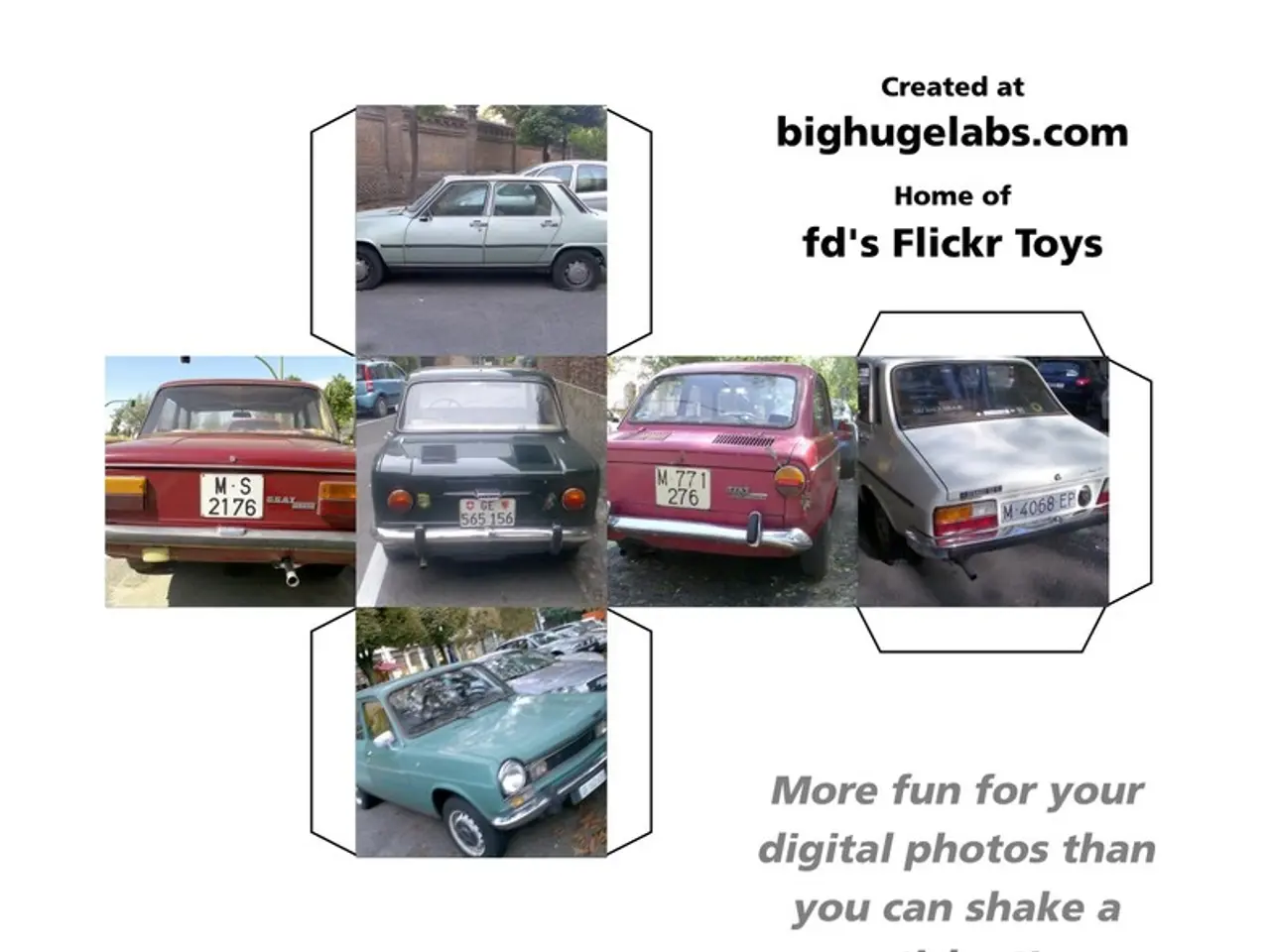Autonomous Taxis Debut on the Las Vegas Boulevard
Transformative Urban Mobility: The Rise of Driverless Robotaxis
Driverless robotaxis are set to revolutionize urban mobility, offering a more efficient, shared ride option that could significantly reduce traffic congestion and emissions. In cities like Las Vegas and beyond, these vehicles are poised to reshape employment in the transportation sector, enhance public safety, and encourage urban infrastructure upgrades.
The reliability of AI decisions in critical situations is a concern in the implementation of Robotaxis. However, companies such as Waymo, Tesla, and Nuro are working tirelessly to ensure their vehicles make safe and efficient decisions, reducing human error and optimizing route efficiency.
One of the key benefits of robotaxis is their potential to decrease traffic jams significantly. By navigating through traffic efficiently, adapting in real-time to the complexities of urban environments, and integrating with ride-sharing systems, these vehicles can lead to smoother traffic flow and fewer bottlenecks. This shift may encourage city planners to redesign streets to prioritize autonomous and shared mobility, possibly including dedicated lanes and smart traffic management systems.
The introduction of robotaxis has been met with mixed reactions from tourists and locals alike. While some embrace the innovative technology, others remain skeptical. Ongoing dialogue and rigorous testing are necessary to build public trust in this new mode of transportation.
Regarding employment, robotaxis pose challenges and opportunities. While drivers of traditional taxis and ride-hailing services may face job displacement due to automation, new roles may emerge in fleet management, vehicle maintenance, software oversight, and infrastructure support. Overall, these changes could prompt a significant shift in urban job markets related to transportation.
Public safety is anticipated to improve as companies deploying robotaxi technology incorporate multi-sensor arrays (cameras, radar, LiDAR) designed to reduce human error, a major cause of accidents. Pilot cities like Seattle are developing advanced communication systems to ensure robotaxis respond dynamically to road closures or emergencies, preventing them from causing traffic disruptions or accidents.
Globally, robotaxis are expanding rapidly, with deployments already in cities like San Francisco, Phoenix, Dallas, and others. Companies like Waymo plan to integrate their fleets with existing platforms like Uber, enhancing access and scalability. This growth is projected to propel the robo taxi market value from $1.8 billion in 2024 to over $500 billion by 2034.
Privacy issues related to data collection are raised in discussions about robotaxis. To address these concerns, companies must ensure they adhere to strict data protection regulations and provide transparency about how they use and store passenger data.
In Las Vegas, robotaxis on the Strip are equipped with state-of-the-art technology, including sensors, advanced navigation systems, and artificial intelligence. Pony.ai tests self-driving cars for ride-hailing and delivering goods in the United States and China.
The program prioritizes safety with stringent measures, including continuous remote surveillance and detailed emergency protocols. Detailed emergency protocols are in place to swiftly manage any incidents, ensuring the safety of both passengers and pedestrians throughout the operation.
The ethical implications of decision-making in accident scenarios are debated in relation to Robotaxis. As the technology continues to evolve, it is crucial that companies and policymakers work together to establish guidelines and regulations that prioritize passenger and pedestrian safety while ensuring fair and transparent decision-making processes.
In conclusion, driverless robotaxis offer a transformative solution to urban mobility challenges. By reducing traffic congestion, reshaping employment in transportation, and enhancing public safety, these vehicles could significantly improve the lives of city dwellers worldwide. However, it is essential that ongoing dialogue and rigorous testing continue to build public trust in this technology, and that policies are put in place to support job transition and retraining programs for those affected by automation.
- The implementation of robotaxis in industries like transportation, finance, technology, casino-and-gambling, such as in Las Vegas, could stimulate economic growth and job opportunities beyond traditional vehicle operations.
- In cities like San Francisco, Phoenix, and Dallas, where robotaxis are already being deployed, collaborations with platforms like Uber could further advance the transportation sector's integration of autonomous vehicles and boost overall market value.
- As the robo taxi market expands, privacy concerns related to data collection will become increasingly important, requiring companies to implement stringent data protection regulations to secure passengers' privacy and build public trust in this novel transportation technology.




